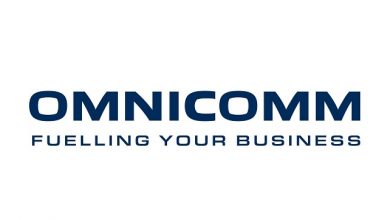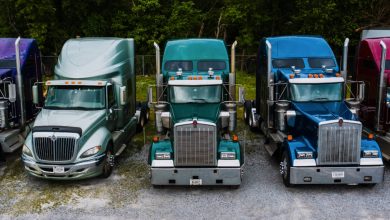5G hits the road towards new automotive connectivity standards

The automotive industry is working on additional standards to make 5G technology suitable for vehicles as the connectivity becomes more widely available. Manfred Lindacher, the vice president of global sales for the international automotive market at Quectel Wireless Solutions, explains how the industry is standardizing on cellular V2X and DSRC.
From where I sit at the heart of the German automotive industry in Munich, Germany, it’s clear that the industry is currently defining additional standards, exceptions and use cases to make 5G suitable for use in a connected car. From the standardization side this is happening in the 5G Automotive Association, an organization backed by participants from across the connected cars industry including car manufacturers, tier one automotive suppliers, chipset-makers and infrastructure companies. The initiative is also supported by network operators and modem manufacturers who are drawing on their experiences of automotive use cases.
The focus is not only on 5G technology, but also on the cellular V2X (C-V2X) standard, which largely addresses automotive applications. 5G roll-out is happening now and as the footprint enlarges it will make the decision to adopt C-V2X technology easier. This is significant because there are two technologies on the market and the regulators in most countries have not made a clear statement about which standard – dedicated short range communication (DSRC) or C-V2X – they will support.
Most regulatory bodies have reserved spectrum for both technologies but this has not proved helpful, since both technologies are based on completely different standards and are not able to interact with each other. As V2X mainly addresses traffic safety, having a common technology is mandatory.
Greater clarity is coming, though. China has made a clear statement so there is no doubt the country will engage in C-V2X technology but, if you look into the other big markets, things look different. In the US, there is still spectrum reserved for DSRC, while the European Union released a clear recommendation for C-V2X on one day but corrected its position to a neutral one right after. Therefore, it is difficult for the whole industry to take decisions because there is still uncertainty regarding the technology.
It’s not only standards processes that cause delay. From a technology perspective, cellular standards have become more and more demanding to implement as the mobile generations have proceeded. The 2G standard, for example, required antennas to support – depending on the geographical market – just two frequency bands, 900 megahertz (MHz) and 1800MHz or 850MHz and 1900MHz. With 5G we’re now talking about having multiple spectrum bands below 6 gigahertz (GHz), which might be extended, when car makers start to use millimeter-wave technology for stationary use.
In addition, the bandwidth availability is significantly increased by carrier aggregation, which is demanding to set up on both the modem and the antenna side. To illustrate the complexity, in today’s industry we are currently talking about 4×4 MiMo setups. This is something the automotive industry cannot avoid engaging in because the performance enabled by the complex set-ups will be critical to enabling the user experiences predicted by the 5G headlines.
Safety first
For advanced driver assistance system (ADAS) above level 4, where the car takes over the control completely and the driver has no involvement, large amounts of real-time data are required. For these robo-cars, greater bandwidth and lower latency of 5G is urgently required. The market recognizes this hence the focus on 5G by organizations such as the 5G Automotive Association and its members.
As relative newcomers to the automotive market during the last five years, Quectel has made a very clear decision to approach the automotive vertical in addition to our other long-established markets. We are concentrating on our role as a reliable and competent supplier, covering all requirements related to either wireless technologies, which includes not only the cellular modules but also Wi-Fi and positioning modules. What we have learned from the other verticals, and markets like IoT, is that there is a need for local presence with sales supported by local development centers. This enables us to provide the best support with clear interfaces for demanding automotive programs.
Our scale helps us to get the best support from our suppliers as well, such as chipset vendors, and therefore positions us strongly to support the needs of the automotive market. We have the size necessary to support large volume automotive deployments as well as the development resources – often locally situated – and the understanding of the automotive industry’s needs that comes from working in the market for many years.
Published in Telematics Wire



2 Comments